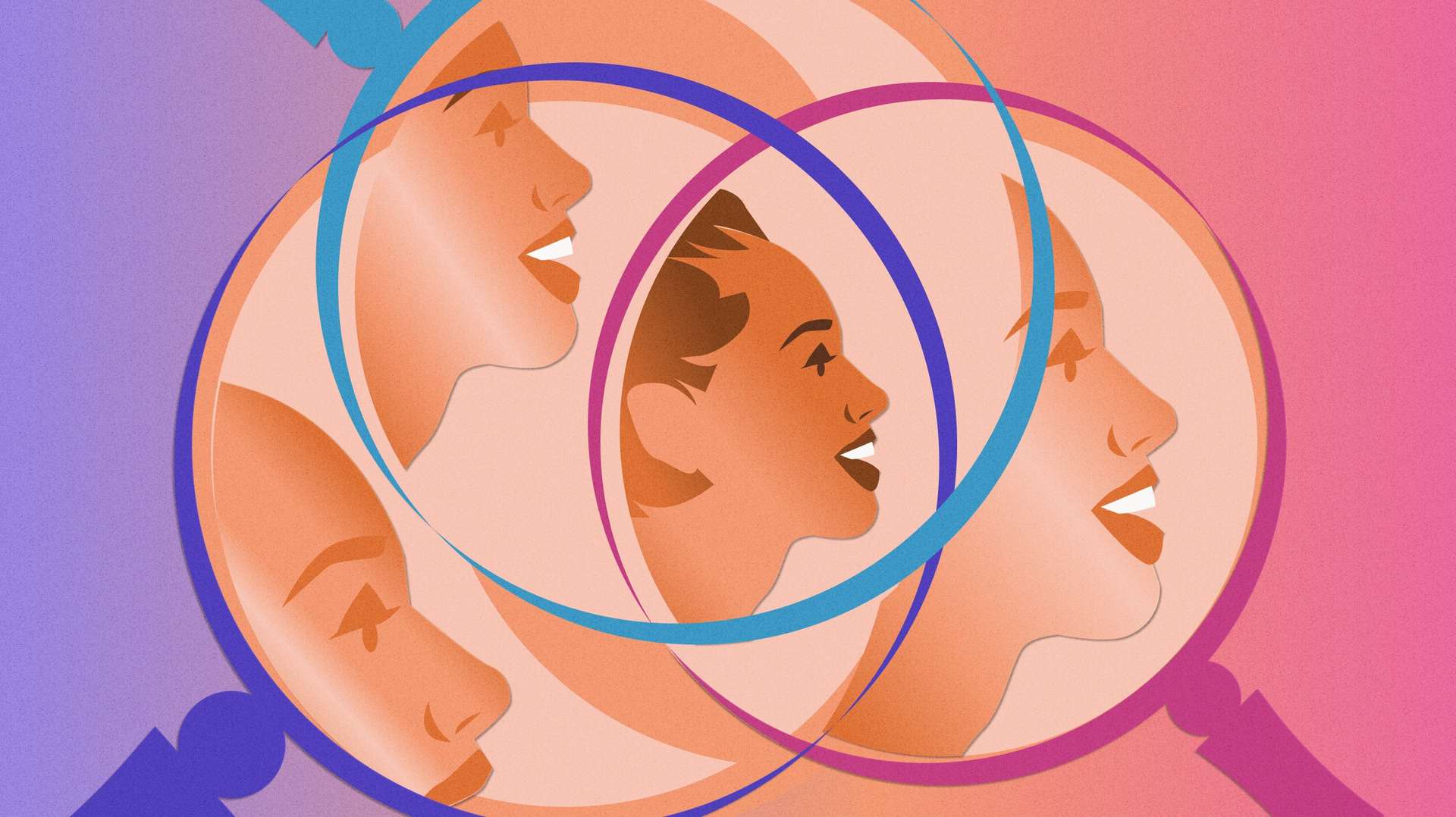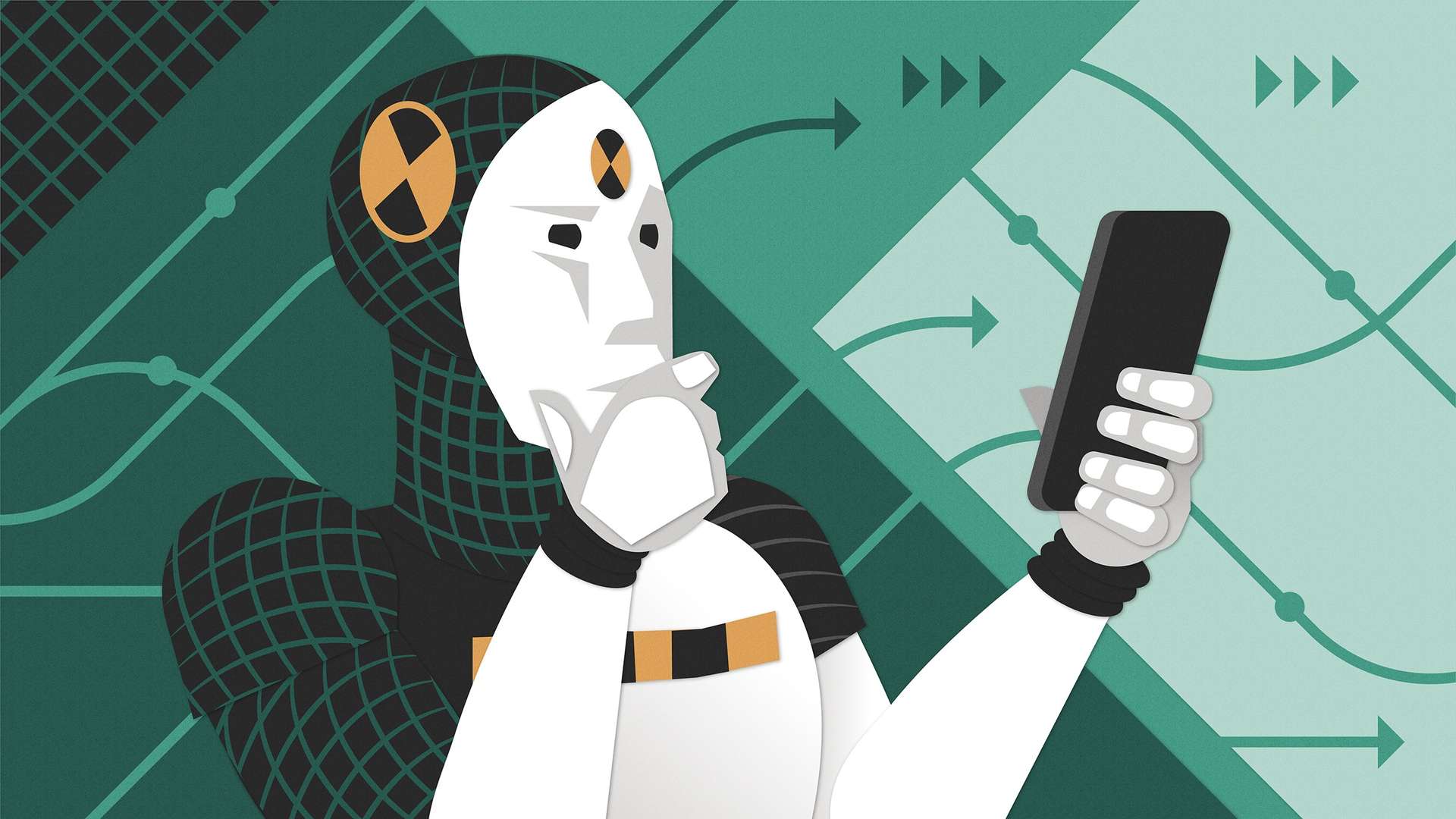Applying for jobs can feel like a whole job of its own. Navigating the tech industry can feel especially difficult. Recruiters often screen applicants before hiring managers ever see their resumes, and candidates applying to UX positions are usually up against other talented people. So how do you stand out from the crowd?
The Indeed Design team spoke with three UX recruiters about what they value most in a candidate on paper, how they evaluate portfolios and seniority, and which interview skills tell them a candidate might perform well in a role. We’ve taken what we learned and summed it up in short answers to common questions.
What do UX recruiters hope to see in a resume?
Let’s start with the obvious: Correct spelling and grammar are huge. Even with hoards of tools that use AI to check your language work, review your materials closely to ensure they reflect your high potential. Especially if you’re in content design or another field where it’s critical to use language well, recruiters and hiring managers will take special notice of basic language errors.
What about your professional background? Folks often come to UX from marketing or adjacent fields. Hiring managers like to see people with experience collaborating across functions on UX teams—especially for mid-level roles. In these cases it’s key to show you have a real understanding of the UX process as a whole.
Generally, someone who hasn’t jumped from job to job within less than a year shows a strong work history, and that’s a positive sign for a recruiter. Contractors are an exception, though a consistent work history is still helpful.
When recruiters look at someone’s work experience, they like to see that a candidate has successfully taken projects from start to finish. More than that, a stand-out candidate can describe the specific strengths and contributions they brought to that process.
For UX researchers, product research experience is especially important. That can be for both internal- and external-facing products. Either way, it’s most important for researchers to give examples of specific studies they’ve conducted. Are you mentioning surveys, interviews, and data collection? If you’ve communicated findings to a larger audience, that’s a nice addition, too.
How long do UX recruiters look at a resume for the first time?
It’s very quick, especially when there’s a high volume of direct applications. Recruiters with lower volumes of applicants may take up to 15 or 20 seconds to review a resume. But many recruiters read through resumes in less time than that as they look for specific keywords.
Which keywords are most important? Pull the requirements right from the job description. When a recruiter does a keyword search, that’s what they’ll look for, and the resume with the most matches is the one they’ll review first. Your current and most recent roles are the most critical places to add the keywords—especially what your responsibilities were and who you collaborated with.
And don’t forget the basics: Do you use terms like “user experience,” “UX,” “collaboration,” and “data?” Are the job titles relevant to what the prospective company wants in a new hire?
Recruiters may spend more time looking at applications that include portfolios. A website or a shared link to a presentation can do the trick to present your work in a way that makes sense for the desired role.
What makes a great UX portfolio stand out?
First and foremost, make sure it’s well-organized, visually appealing, and interactive. A noteworthy portfolio is something the candidate has evidently taken the time to put together. You should be able to walk UX interviewers through your thought processes and share what you specifically did in the project.
The recruiters also stressed the importance of storytelling. Crafting a compelling story instead of showing a bunch of screenshots is important. Standout candidates can bring the interviewer—whether that’s a seasoned hiring manager or general recruiter—into their position and show what they did on a project.
How can candidates prepare for a UX portfolio review?
Most importantly, take a good look at the information the recruiter or other hiring contact provides beforehand. People usually give lots of useful nuggets that can help you focus your preparations.
On top of that, organization is critical. A slide presentation might help you stay on track with your story more than a live website, and a deck can ensure the recruiter has the experience you want them to have.
Many hiring teams will prep candidates pretty thoroughly. The people we talked to recommended that job seekers should prepare to walk through two projects. Even if you don’t get through both, you’ll have enough on hand that you won’t appear empty handed or under-experienced.
Showing artifacts and deliverables you created help your interviewer understand some of the projects you’ve been a part of. Aim to show end-to-end examples, highlight your role, and clearly note your specific contributions. That’s what will stand out.
What should the story of a case study include? Consider these questions to be sure you’re covering the basics.
About logistics:
- What were the timelines and milestones?
- What were some barriers you faced?
About your personal work style:
- How did you approach the work?
- What’s your proficiency and skill set?
About how you contribute to a team:
- What techniques and methods did you use to foster a collaborative team dynamic?
- What were their specific contributions, and what were the measurable outcomes?
About getting results:
- Did your contributions on a project incite change on a personal, team, or product level?
- Can you show numbers to quantify the story you’re telling?
About presenting:
- Do you have a compelling story?
- Have you practiced your presentation so you’re not reading straight from the deck?
- Can you tell your story naturally without sounding robotic?
Typically, you can expect a first-round interview where you’ll complete a test activity and get early feedback. Use this feedback to shine in the second round, where interviewers will be evaluating what you did with the feedback from the first round interview in addition to your qualifications. How did you use the resources and information the team sent you to make things better or more relevant to the role?
Some managers will even walk through a couple of the company’s existing projects, especially if they know that their teams have wish-list skills for the next person who joins the team. In this case, you might get some extra tips and clear expectations about what’s next.
—
Is this article helpful? Subscribe to get occasional emails with new stories like it.
—
What interview prep tips do UX recruiters recommend?
Review some frequently asked behavioral questions and pick out a few situations where you can describe how your skills helped you resolve an issue or collaborate in a unique way. Those stories can go a long way. Recruiters love to hear specific examples, so it’s smart to have those at the top of your mind. Practice the STAR method too, so recruiters get the full idea. Data is always an effective way to paint a vivid picture of your work. It’s cool when you can say, “Hey, this design got 50% more clicks after my change.”
Also, take some time to review your resume, pick a couple projects you’re proud of, highlight them, and write that story down before your interviews. This practice helps keep strong topics front of mind. When an interviewer asks for specific examples, you’ll have answers written out and waiting at the front of your brain.
Of course, visit the prospective company’s website to brainstorm specific points where you can highlight what contributions you might be able to make on a new team. Prepare three to five questions for each person who interviews you. It’s a small thing, but it shows interest in the role, the team, and the company as a whole. The questions could be specific to the team you’d join, the individual interviewing you, or they could be general.
Again, it’s likely a recruiter will set you up to understand the context. On top of telling you what the purpose of the portfolio review is, many hiring professionals tell candidates the roles of each person who will be in the interview. Recruiters understand that it’s helpful if you know whether you’ll be speaking with a group of researchers, managers, or designers—or a hybrid crew. Especially on the second portfolio review round, make an effort to learn who your stakeholders and audience are.
How does storytelling in the UX interview process differ for individual contributors and leadership roles?
We’ve mentioned how you frame your work already, but it’s worth revisiting. Storytelling is important in interviews and portfolio reviews for every function, especially UX research. This skill set is equally important for both independent contributor and leadership roles. Slide decks tend to be most effective because you can speak to your strengths without reading a script.
Effective storytelling conveys that you’re a person who can effectively demonstrate steps of a project, the value you added, and what the outcomes were. Even if those outcomes aren’t necessarily huge wins, you’ll come across as a strong candidate by telling a compelling story about why those outcomes were critical.
UXR professionals also often find themselves advocating for projects, which can entail getting buy-in from senior leadership. Recruiters and interviewers want UXR candidates to demonstrate this ability, and crafting a clear story about the potential value of a research project is an important skill.
For UX design leadership and content roles, storytelling is also important. In fact, that skill set is the main focus. Potential leaders need to show their ability to walk people confidently through a process because UX design managers often collaborate across many business units and groups. Being able to tell a story, explain the problems you’re working with, get the help you need, and communicate with different audiences are all significant. And candidates can best show recruiters these aspects of their experience through storytelling.
What soft skills impress UX hiring managers for individual contributor and leadership roles?
Strong communication, good storytelling skills, strong presentation skills, the ability to adapt to new and different situations, and handling the unexpected are incredibly important. People are on the hunt for one person who has it all: Flexibility, a good understanding of the UX process and where they fit in, and the demonstrated skills to collaborate across different groups and complete a project from start to finish.
Specifically for leadership roles, hiring managers may look for strong people-management skills. Giving constructive feedback to direct reports is part of this, so be sure to have concrete examples ready of when you developed talent. Leaders should be technically sound and able to jump into the design process, but they should also be good at working with people—and have a passion for both.
That said, it’s common in UX research for a manager to come in and lead a pretty senior team. So a good leader doesn’t necessarily need to be hands-on. Recruiters look for leaders who can let the team have autonomy to do their job and do it well. Of course, an effective leader will also provide mentorship and step in when needed.
Depending on the goals of the team you’re interviewing with, it might be worth highlighting that you’re someone who’s willing to challenge the status quo. When teams are so collaborative, they want someone who works well with others in a creative, open way. It’s a plus to describe some experience and show examples of working with other teams, like product and research.
How do hiring managers determine whether a candidate is ready for an associate, mid-level, or senior UX position?
The most obvious factor is years of experience.
Otherwise, the difference between an associate, mid-level, or senior candidate is the ability to work autonomously. Senior-level performers can hit the ground running instead of needing guidance on how to start and what methods to choose for any specific request.
Demonstrating effective communication and gaining leadership buy-in are also skills recruiters look for in senior-level roles. In the same vein, a more senior performer can envision and lead a project from start to finish.
Often, the leveling comes out of the portfolio presentation. Sometimes, it’s decided in the final interview. Some big things that can differentiate mid- from senior-level hires are storytelling, shipping products in large companies, and experience mentoring and influencing others.
—
There’s no guarantee you’ll get a new job after reading this, and we don’t have any secrets to help you land your dream role overnight. But we stand behind these lessons from the people we surveyed. We hope you found their perspectives useful on your job search.





